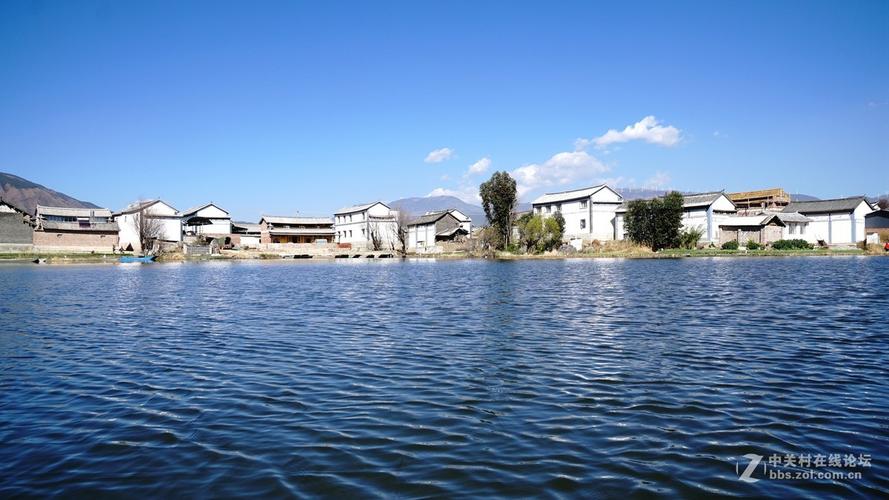Desktop computers have been an essential tool in both personal and professional settings, constantly evolving over the years to suit the changing needs of users. When shopping for a desktop computer, one of the crucial factors to consider is its overall cost. Understanding the factors that affect the cost of a desktop computer can help you make an informed decision on which one to purchase. In this article, we will explore the different elements that contribute to the cost of a desktop computer.
Processing Power
The amount of processing power a desktop computer has is one of the most significant factors that affect its cost. The more processing power a computer has, the faster it can perform tasks and the more complex tasks it can handle. The two main processing components in a computer are the Central Processing Unit (CPU) and the Graphics Processing Unit (GPU). The higher the performance of these components, the more expensive the computer will be.
Storage
The amount of storage a desktop computer has is also a significant factor in determining its cost. Storage is the space a computer uses to store all the data and programs that it runs. The more storage a computer has, the more data and programs it can store, but also the more expensive it will be. Traditional hard disk drives (HDDs) are less expensive but offer slower speeds, while solid-state drives (SSDs) are more expensive but provide faster speeds.
RAM
Random-access memory (RAM) is a type of computer memory that is used to temporarily store data and programs that the computer is currently using. The amount of RAM a desktop computer has is another factor that affects its cost. The more RAM a computer has, the more data and programs it can handle simultaneously, but also the more expensive it will be. A computer with 8GB of RAM will be less expensive than one with 32GB of RAM.
Display
The type of display a desktop computer has also impacts its cost. A larger and higher resolution display will typically increase the cost of a computer. For example, a 27-inch 4K display will add more to the cost than a 24-inch 1080p display.
Brand
Brand reputation and perceived quality also impacts the cost of a desktop computer. Well-known brands like Apple and Dell, which are known for producing high-quality computers, will typically be more expensive than lesser-known brands. However, it’s important to note that lesser-known brands can produce high-quality computers at a lower cost.
Conclusion
In conclusion, understanding the different factors that contribute to the cost of a desktop computer can help you make an informed decision when shopping for one. Processing power, storage, RAM, display, and brand reputation are all essential elements that impact the cost of a computer. By considering these factors, you can ensure that you get the best value for your money when purchasing a desktop computer.
(Note: Do you have knowledge or insights to share? Unlock new opportunities and expand your reach by joining our authors team. Click Registration to join us and share your expertise with our readers.)
Speech tips:
Please note that any statements involving politics will not be approved.
